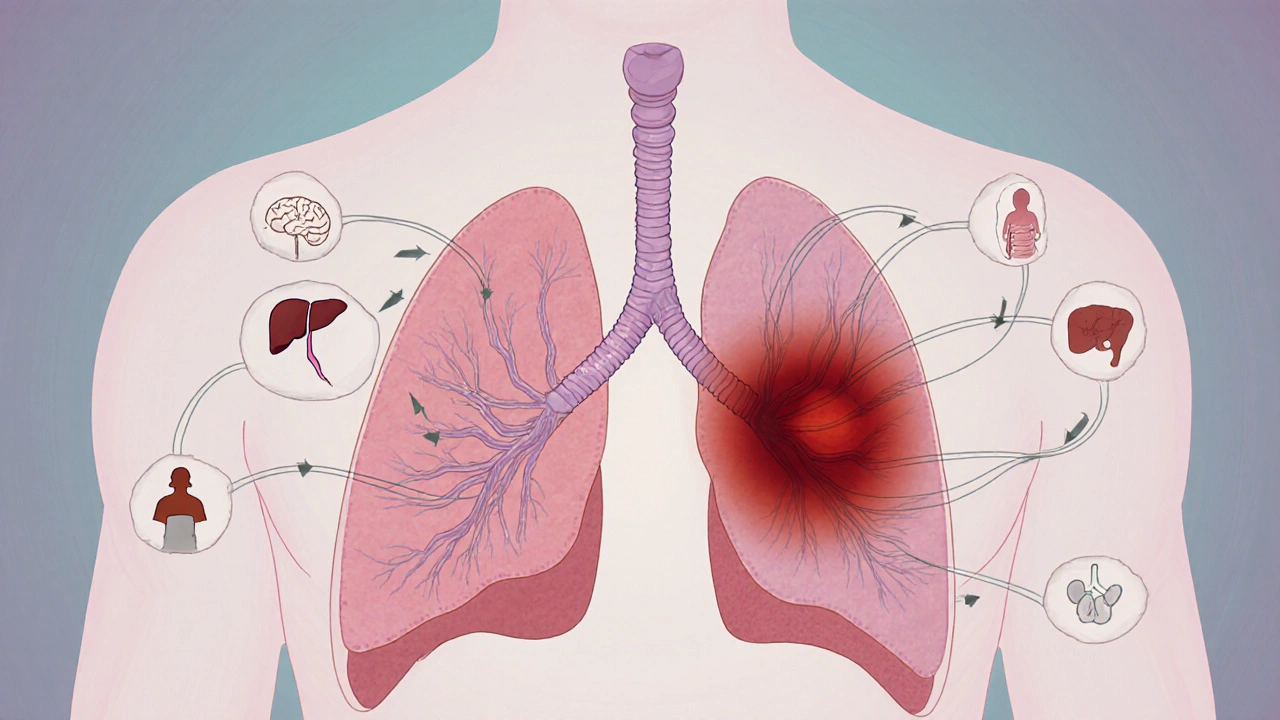Median Survival Cancer: A Straight‑Forward Guide
When talking about Median Survival Cancer, the typical length of time a patient lives after a cancer diagnosis, measured from the point of diagnosis or start of treatment. Also known as cancer median survival, it helps doctors, patients, and families understand the likely course of the disease without getting lost in complex statistics. median survival cancer is a single number that sums up a lot of diverse experiences, and it’s the first thing many look at when comparing therapies.
One of the biggest drivers of median survival is the Cancer Stage, the extent of tumor spread at diagnosis, ranging from early localized disease to advanced metastatic disease. In plain language, the later the stage, the shorter the median survival tends to be because the cancer has already moved beyond its original site. This relationship creates the semantic triple: "Cancer Stage influences Median Survival Cancer." Understanding your stage gives a realistic picture of what to expect and helps doctors tailor treatment plans.
How Treatment Options Shape Survival Numbers
Another key piece of the puzzle is the Treatment Options, surgical, radiation, chemotherapy, targeted therapy, immunotherapy, or a combination used to fight cancer. Different treatments can shift the median survival curve up or down. For example, adding immunotherapy to standard chemotherapy often extends median survival for certain lung cancers. This gives us the triple: "Treatment Options affect Median Survival Cancer." When you hear a new drug mentioned, ask how it changes the survival timeline – that’s the practical angle most patients need.
Clinical research also plays a huge role. A Clinical Trial, a structured study testing new treatments or combinations in patients can offer access to cutting‑edge therapies that aren’t yet widely available. Participants in successful trials often see a boost in median survival compared to standard care, establishing the triple: "Clinical Trials can improve Median Survival Cancer." Even if you’re not eligible, staying aware of trial results helps you understand where the field is heading.
Beyond stage and treatment, individual health factors matter. Age, overall fitness, and specific prognostic factors – such as tumor genetics or biomarkers – can lengthen or shorten the median survival number. Doctors combine these variables into a personalized prognosis, which is why two patients with the same stage might have different survival expectations. Think of it as a recipe: stage provides the base, treatment adds the seasoning, and personal health supplies the final flavor.
So why does median survival matter to you? It’s not a guarantee, but a benchmark. If a new therapy claims to add three months to median survival, you can weigh that against side‑effects, cost, and your personal goals. It also helps health systems plan resources, from hospital beds to palliative care services. In short, median survival is the bridge between raw data and real‑world decisions.
Our collection below pulls together articles that dig into each of these pieces. You’ll find a deep dive on the deadliest cancers and their survival stats, explanations of how stage 4 disease differs from stage 3, guidance on navigating treatment options, and clear advice on what to ask your doctor about clinical trials. Whether you’re just hearing the term for the first time or you’re comparing specific therapies, the posts give you actionable info that ties back to the core ideas we’ve outlined here.
Ready to explore the details? Scroll down to see practical tips, real‑world examples, and the latest updates that will help you make sense of median survival numbers in everyday life.






